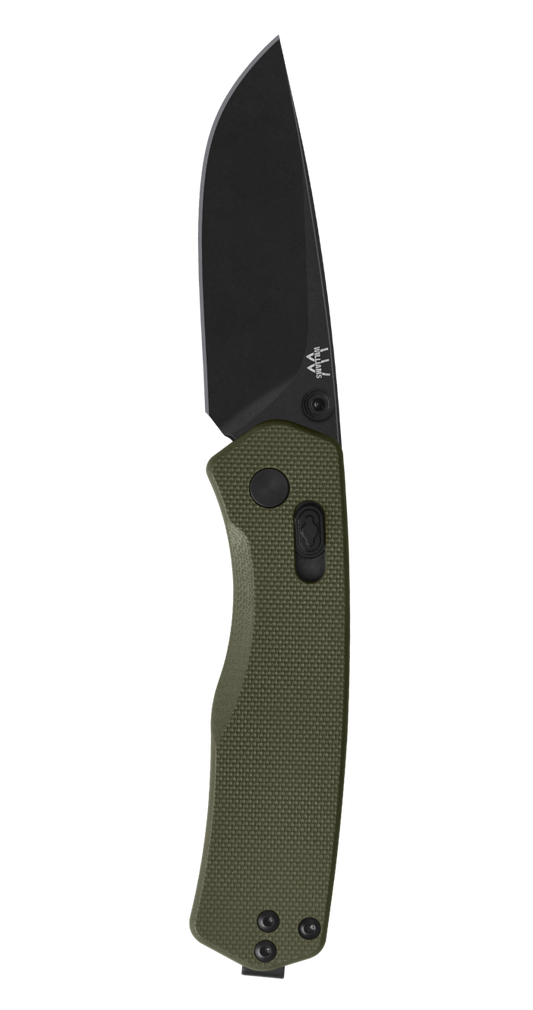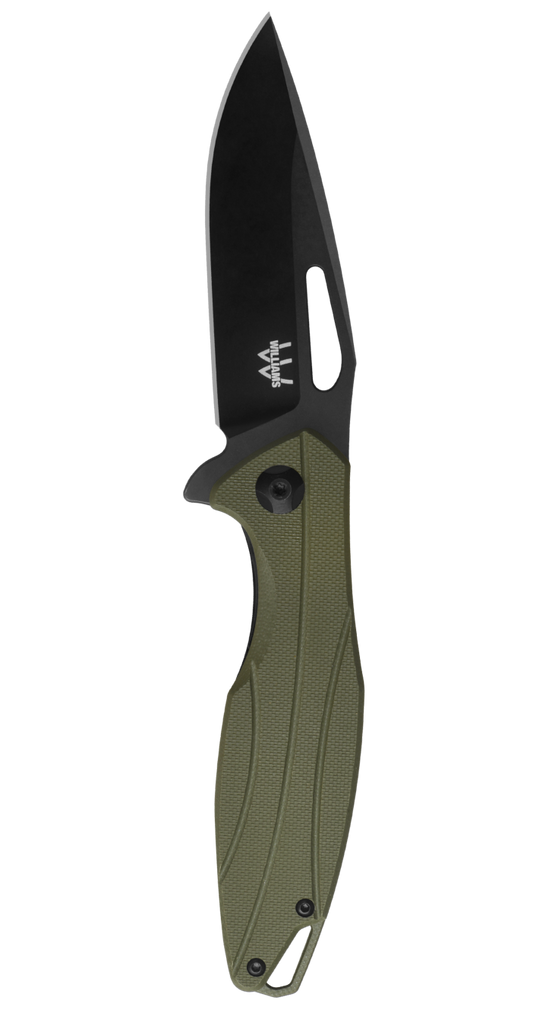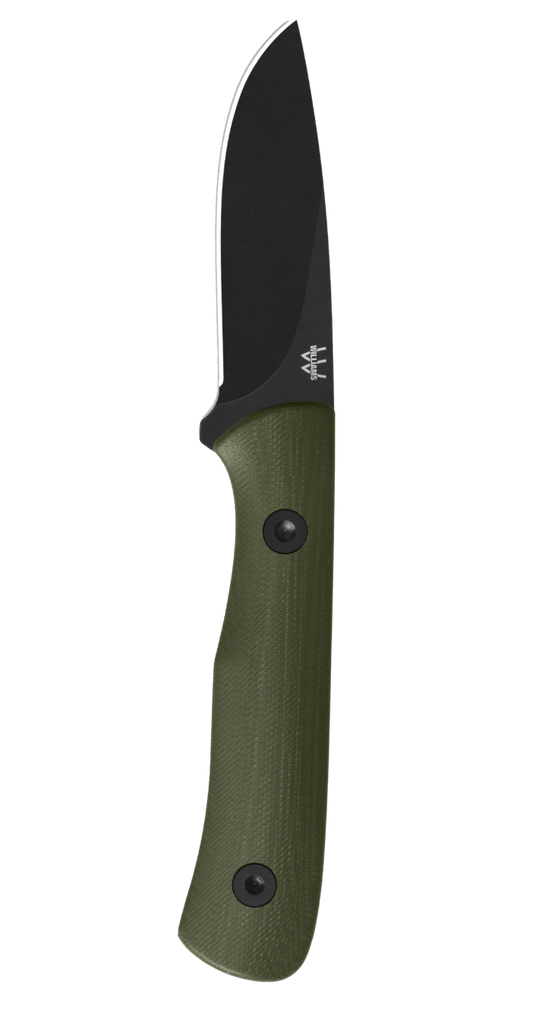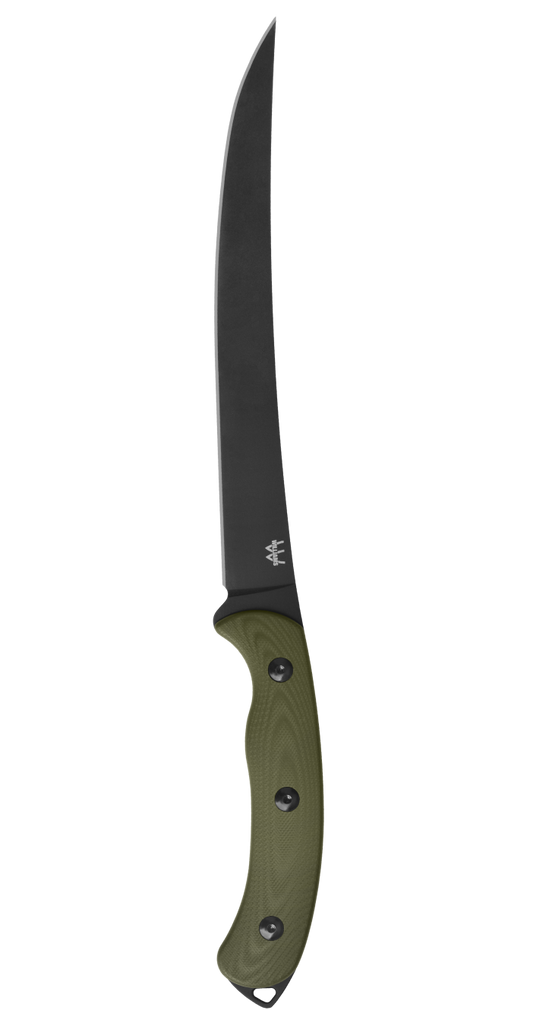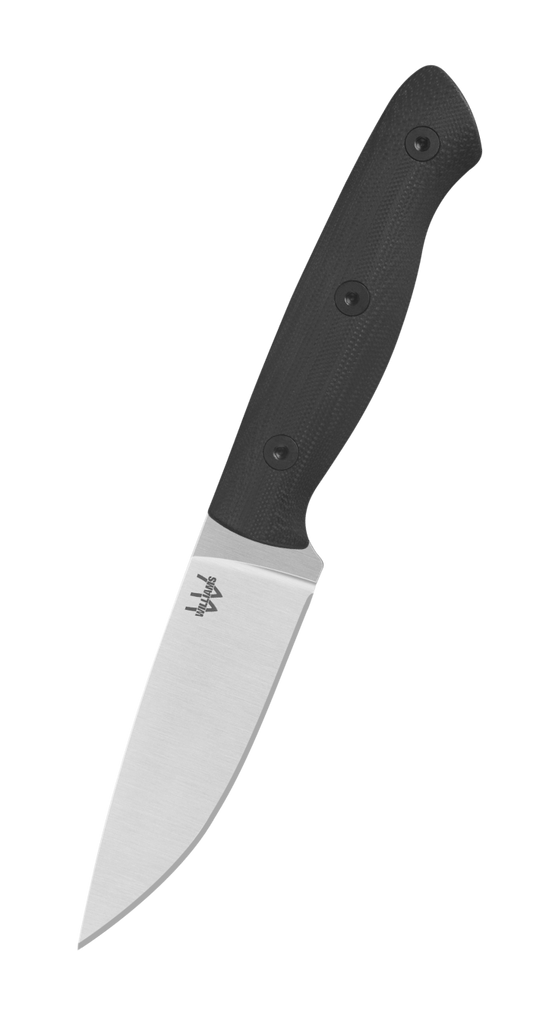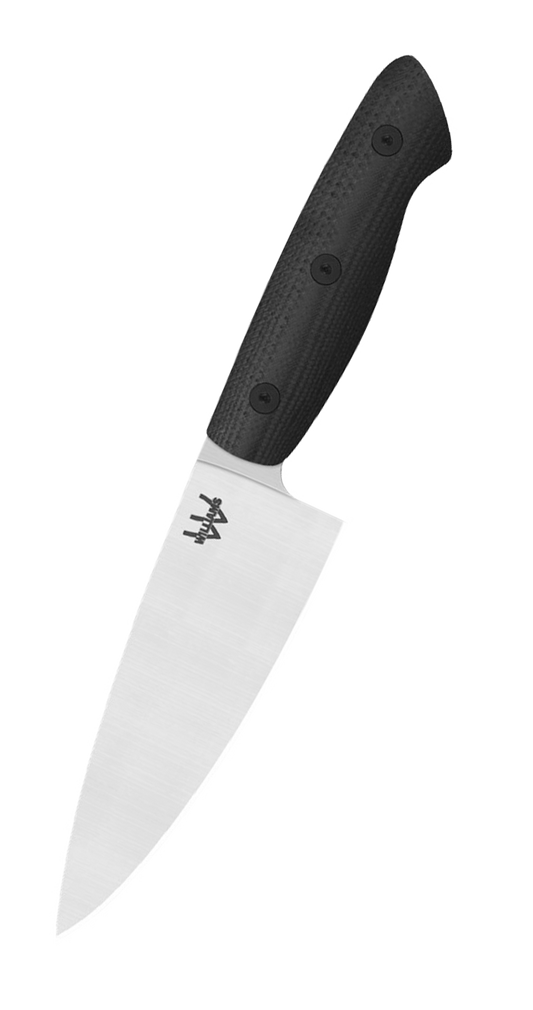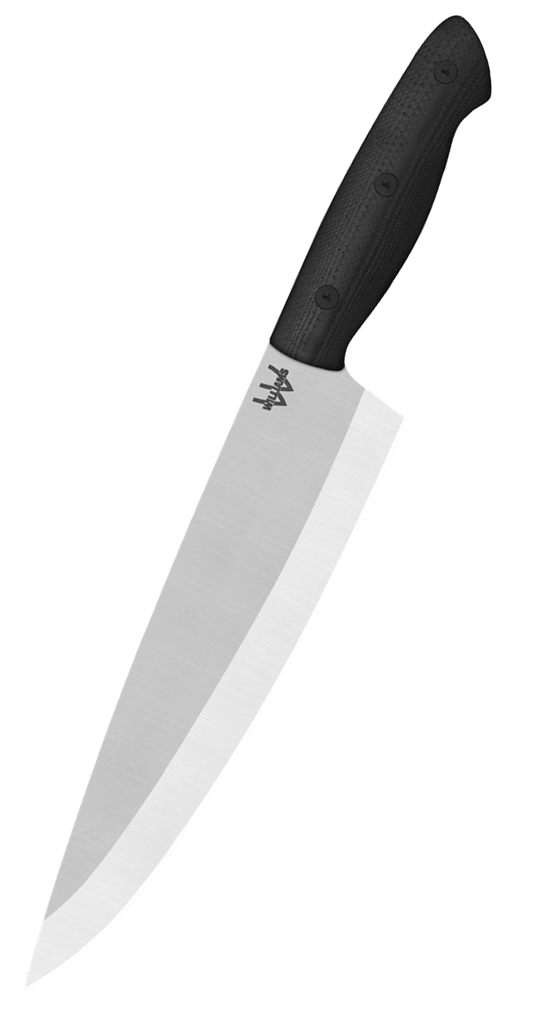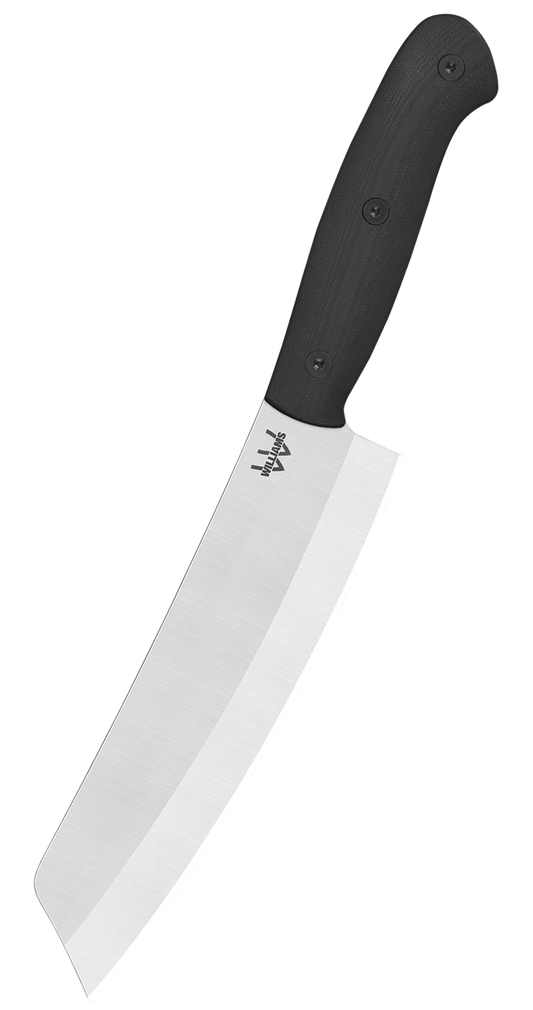While catch-and-release is fun and sustainable, harvesting fish is really what it’s all about. And when you’re bringing home fish, or cleaning them for clients, a quality fillet knife is an indispensable tool for getting the cleanest cuts and the most meat out of your harvest. Whether you’re preparing mahi mahi fillets or cutting swordfish steaks, the right fillet knife makes all the difference in speed, safety, and the quality of your cuts. But what qualities make a great fillet knife? Well, we know a thing or two about making great knives, and though we certainly think our Inshore Fillet Knife is the best one on the market, we hope our guide can help you navigate other knives and decide what will work best for your own use. From blade length and material to handle construction, we'll explore the precision, durability, and overall performance features that combine to make the best fillet knives for fishing.
Blade Length
The first and most crucial variable to consider in a fillet knife is the blade length. For optimal performance, we recommend a blade length of approximately seven inches. This length strikes a balance between maneuverability and efficiency and offers enough reach to navigate around bones and skin while retaining the control required for precise filleting. It also offers the versatility to tackle a wide range of fish sizes, making it an excellent all-purpose choice for anglers.
Stainless Steel
Stainless steel is the preferred choice for fillet knives due to its exceptional durability and resistance to corrosion. This type of steel retains a sharp edge for longer periods and is easy to maintain. Look for blades crafted from high-quality stainless steel, ensuring longevity and reliability, even in challenging fishing environments. It's worth noting that some popular stainless steel options for fillet knives include 440C, 154CM, and VG-10, but we chose S30v stainless steel, which provides the best balance of sharpness and flexibility. You’ll find S30v in the blades of the best custom fillet knives around the world.
Handle Comfort and Construction
While the knife blade plays a pivotal role, a comfortable and secure grip is equally essential. When selecting a fillet knife, pay close attention to the handle material and construction. A composite material like G-10 is a much better choice than wood, or even other composites, due to its durability and resistance to moisture, ensuring a firm grip even when wet. G-10 is a lightweight, non-slip material that provides a comfortable and secure hold, allowing you to fillet with confidence. Ergonomically designed handles that fit well in your hand will reduce fatigue during prolonged use and enhance overall control.
Flexibility
Flexibility is another crucial attribute in a top-notch fillet knife. A blade with moderate flexibility enables easy maneuvering around bones, joints, and contours, allowing for smooth and precise cuts. The right amount of flex in the blade helps you maintain full contact with the fish's skin, resulting in clean fillets with minimal waste. Remember, while a blade that is too rigid can be challenging to work with, excessive flexibility may compromise the knife's overall stability and control. S30v stainless steel provides a balance between flexibility and sharpness. While other steels may be more flexible, you will be giving up some edge retention. In the end, what defines a “perfect balance” is up to the user.
Edge Retention and Sharpening
A fillet knife with excellent edge retention is a true asset for anglers. Seek a blade with a hardness rating between 55 and 60 HRC (Rockwell Scale) to ensure long-lasting sharpness. A hard blade will hold its edge for extended periods, minimizing the need for frequent sharpening. But consider a knife with a blade that is easy to sharpen when required. Maintaining a sharp edge is vital for precision filleting, so choose a knife that will keep its edge as you work through even the biggest fish.
Like any tool, the best fillet knife for any user comes down to preference. But not everyone has the opportunity to try dozens of fillet knives. If you stick with our rough guidelines of choosing an S30v stainless steel blade with a length of around 7 inches and a comfortable composite grip, we think you’ll end up with a fillet knife that gets the job done quickly and efficiently, and one that you’ll truly enjoy using.

